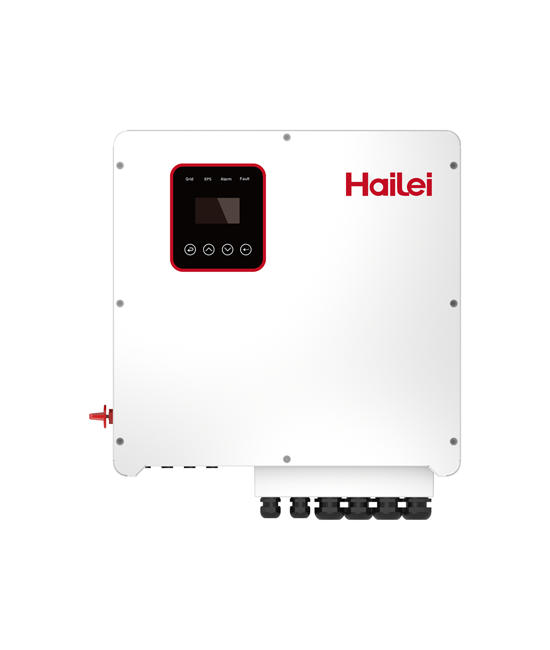Time:Dec 26, 2022 Views:682
1. Type of copper foil
According to the preparation method of copper foil, there are two important types: calendered copper foil and electrolytic copper foil. In the early days of battery invention, due to the limitation of copper foil preparation process, equipment and technology, it is important to use the rolled copper foil with high cost. Rolled copper foil is the original foil (also called rough foil) made of copper plates by repeated rolling, which is roughened according to requirements.

Electrode Positedcopper is to dissolve copper into solution first, then electrodeposit copper sulfate electrolyte in a special electrolytic equipment under the use of direct current to make the original foil, and then carry out a series of surface treatments such as surface treatment, heat-resistant layer treatment and oxidation prevention treatment on the original foil according to requirements. The electrolytic copper foil is different from the calendered copper foil. The crystal morphology of the two surfaces of the electrolytic copper foil is different, and the surface close to the cathode roller is smooth, which is called the smooth surface; On the other side, there is a concave convex crystal structure, which is rough and called rough surface.
2. Copper foil preparation process
(1) Preparation process of calendered copper foil
The calendered copper foil is made by repeatedly rolling the copper plate, annealing at a certain temperature, and repeatedly pickling. Copper foil rolling process parameters are strictly controlled, and the requirements for equipment and process control are very high. At present, it is mainly produced in Japan, and a small amount is used for lithium ion batteries.
(2) Preparation process of electrolytic copper foil
Electrolytic copper foil is made by dissolving copper into solution, electrodepositing copper sulfate electrolyte in a special dissolution container under the use of direct current, and then conducting a series of surface treatments such as surface treatment, heat-resistant layer treatment and oxidation prevention treatment on the original foil according to requirements.
Compared with calendered copper foil, the preparation of electrolytic copper foil is relatively simple, the equipment requirements are relatively simple, and the cost is relatively low. Most copper foils for lithium ion batteries use electrolytic copper foils as the anode substrate.
During the preparation of electrolytic copper foil, since the copper foil is produced on the titanium roll by copper containing electrolyte during electrolysis, the copper foil is smooth near the titanium roll, which is called smooth surface; The other side is a rough surface of crystal structure, called rough surface.
During the preparation of electrolytic copper foil, the factors such as electrolyte temperature, electrolyte concentration, additive content and the flow rate of electrolyte when the foil is raw should be controlled. As for electrolytic copper foil for lithium battery, the factors controlled in the early foil preparation process will affect the purity, thickness/weight uniformity, strength and elongation of the copper foil itself. The thickness of electrolytic copper foil after electrolysis is generally the thickness required by the manufacturer. In the later stage, the copper foil surface shall be cleaned to remove the residual electrolyte, surface oxidation resistance and drying treatment. In this process, the surface treatment directly affects the surface finish of the copper foil and the tension of the copper foil surface.
After surface treatment, it should meet the requirements of copper foil coating for lithium batteries. Too smooth coating has poor effect, and too rough coating has an impact on battery performance uniformity. At the same time, the surface tension of copper foil after surface treatment plays an important role in the later copper foil cutting efficiency and battery preparation process.
The copper foil shall be cut into the width and length required by the lithium battery manufacturer after the surface treatment is completed. For manufacturers who use copper foil substrate in large quantities, they hope that the width of copper foil is appropriate and the longer the length of copper foil is within the transportable range, the better, so as to improve batch production efficiency and reduce production costs. However, due to the influence of foil making equipment and slitting equipment, the length of copper foil is generally within 2500m.

X

Appointment Experience